Outer Space & Universe
Outer Space & Universe
Space, also known as outer space, is the near-vacuum between celestial bodies. It is where everything (all of the planets, stars, galaxies and other objects) is found.
On Earth, space begins at the Kármán line (100 km above sea level). This is where Earth's atmosphere is said to stop and outer space begins. This is not a firm boundary but is a convention used by scientists and diplomats.
Items in space are free to move back and forth; up and down; and left and right. These three dimensions are what make 3D space. Items also move forward through time, which is sometimes called the fourth dimension.
The majority of space contains very little matter and so most of it is a vacuum. Scientists do not know how big space is but we do know that space is extremely big, and is always expanding.
According to the big bang theory, all matter and energy in the Universe was compressed into a very small space. Then it exploded and started expanding. Space is still growing in size today; this means the distance from one galaxy to distant galaxies is getting longer.
Gravity is the force that keeps the Moon in orbit around the Earth and the planets in orbit around the Sun. Gravity can stretch and bend space similar to how a heavy ball placed on a stretched sheet of rubber will cause the rubber to stretch. The scientist who discovered that space can bend is named Albert Einstein. How gravity bends space is part of his theory of general relativity.
Astronauts, Cosmonauts, Taikonauts and Spationauts
An astronaut is any person who is trained by NASA to travel and perform tasks in space. Although the space traveler may not necessarily be a United States citizen, each astronaut does go through a rigorous training regiment by the National Aeronautics and Space Administration. Other space travelers go by other names then astronaut depending on their country of origin.
In the United States, astronaut is derived from the Greek words ástron (star) and nautis (sailor). While, in Russia, a space traveler goes by the name космонавт (English: cosmonaut), which is derived from the Greek words kosmos (universe) and nautis (sailor). Westerners call a space traveler from China a taikonaut, based on the 1998 writings of Chiew Lee Yik and Chen Lan where the term tàikōng (great emptiness), Chinese for “space”. In China, the term yuháng yuán (universe navigator) is used for space traveler.
Only the United States of America (United States), Russia (earlier, the Union of Soviet Socialist Republics), and the People’s Republic of China (China) have sent manned spacecraft into space. Other countries have assisted these countries by sending their own space travelers on space missions. For instance, a French space traveler is called a spationaut (from the French word spationaute), which is derived from the Latin spatium (space) and Greek nautis (sailor). (plural in Greek nautes = sailors)
-
06:20

A Classic SideBoob Storm System reeks havok on the USA
Added 620 Views / 0 LikesA Classic SideBoob Storm System reeks havok on the USA
-
08:48
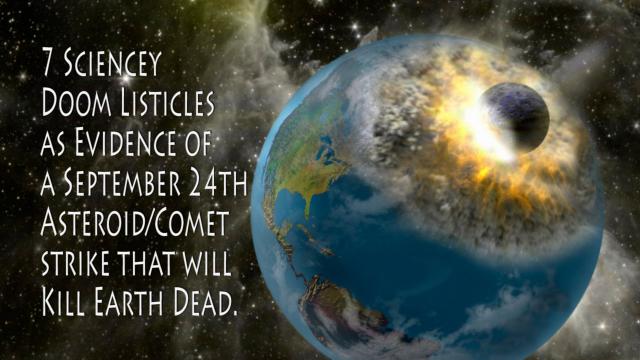
Comet Asteroid to hit Earth September 24th! says 7 sciencey DOOM listicles.
Added 750 Views / 0 LikesComet Asteroid to hit Earth September 24th! says 7 sciencey DOOM listicles.
-
05:44
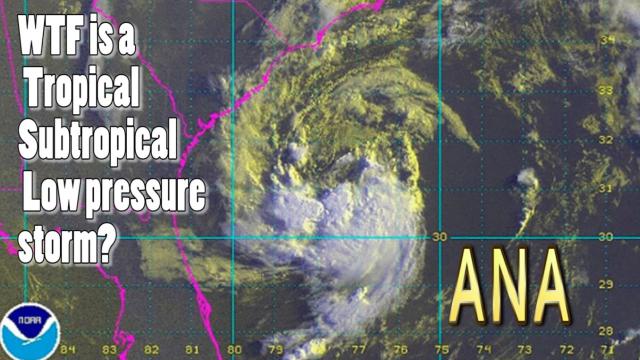
Severe Storm ANA - What is a Tropical & Sub-Tropical storm?
Added 525 Views / 0 LikesSevere Storm ANA - What is a Tropical & Sub-Tropical storm?
-
04:52
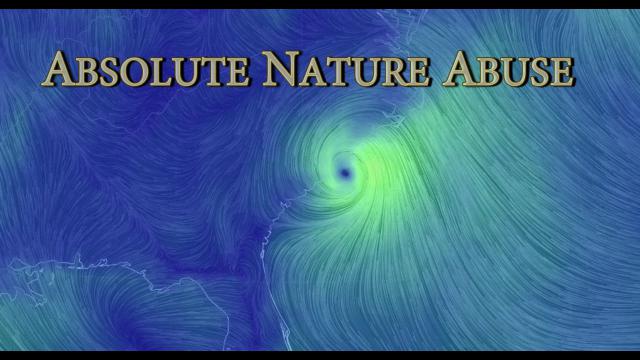
South Atlantic Tropical Storm ANA & The Sinister TPTB Anagram game
Added 719 Views / 0 LikesSouth Atlantic Tropical Storm ANA & The Sinister TPTB Anagram game
-
09:20
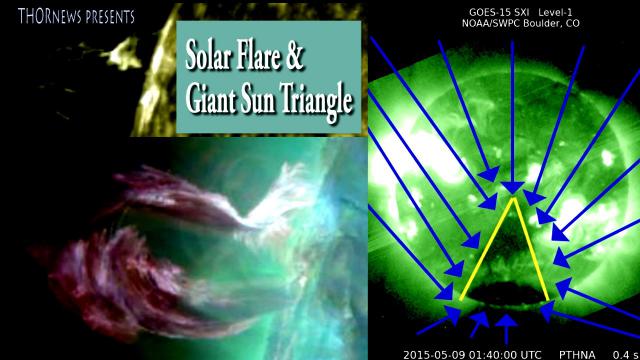
Giant Triangle reappears on the Sun & Massive Solar Flare & CME
Added 761 Views / 0 LikesGiant Triangle reappears on the Sun & Massive Solar Flare & CME
-
04:57
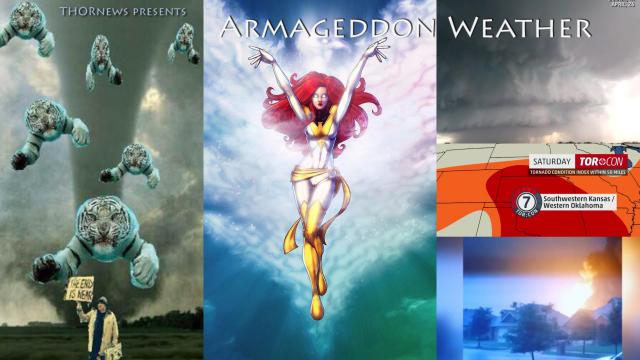
Armageddon Weather part 2 - Today, Snowstorms will be chasing Tornadoes.
Added 791 Views / 0 LikesArmageddon Weather part 2 - Today, Snowstorms will be chasing Tornadoes.
-
02:23

Jade Helm is Weather Related - Forecast = NASTY & Armageddon-ish
Added 741 Views / 0 LikesJade Helm is Weather Related - Forecast = NASTY & Armageddon-ish
-
01:08
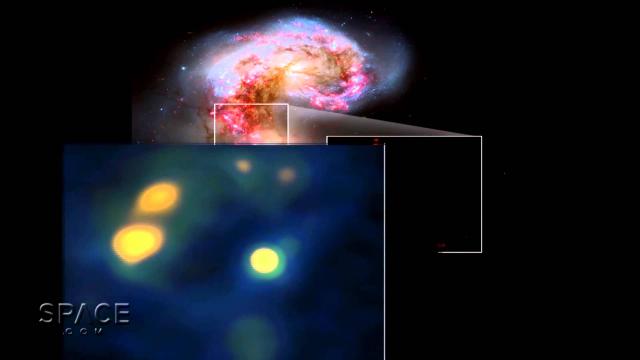
'Prenatal' Globular Cluster Is A Throwback To Early Universe | Video
Added 784 Views / 0 Likes'Prenatal' Globular Cluster Is A Throwback To Early Universe | Video
-
04:08
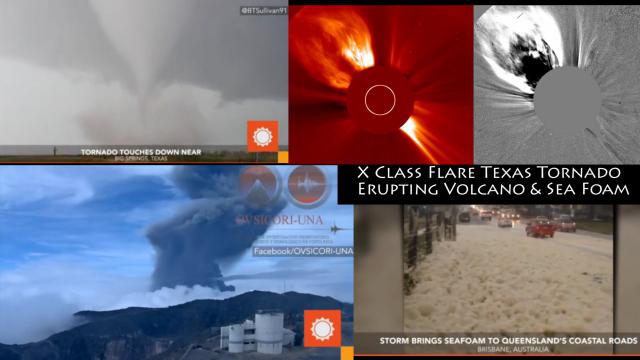
X Class Flare, Volcano Eruption, Tornado, Predictions & Sea foam
Added 724 Views / 0 LikesX Class Flare, Volcano Eruption, Tornado, Predictions & Sea foam
-
01:16
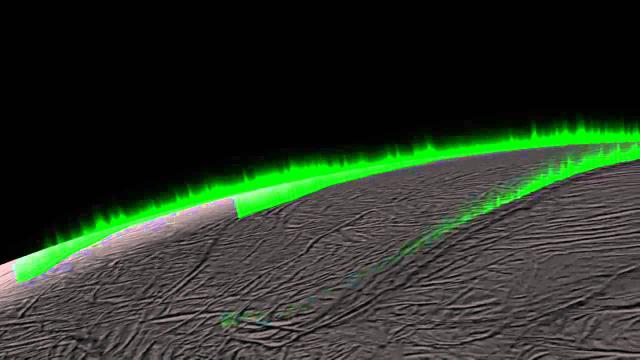
Saturn Moon's Eruptions Are 'Curtain-Like', New Research Suggests | Video
Added 691 Views / 0 LikesSaturn Moon's Eruptions Are 'Curtain-Like', New Research Suggests | Video
-
01:07
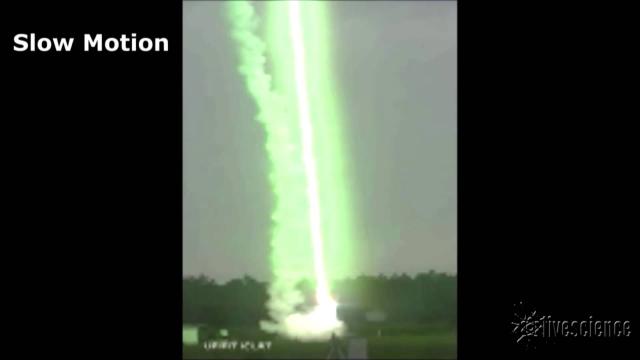
Rocket Sparks Lightning Bolt And Video Shows It
Added 776 Views / 0 LikesRocket Sparks Lightning Bolt And Video Shows It
-
02:35
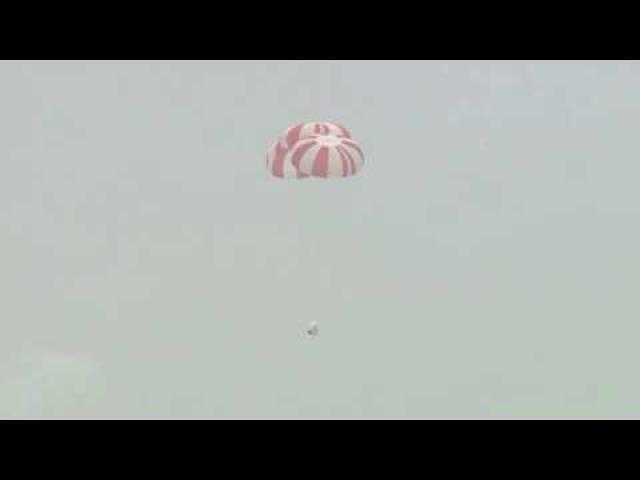
New SpaceX Crew Vehicle Launched and Abort-Tested | Video
Added 1,035 Views / 0 LikesNew SpaceX Crew Vehicle Launched and Abort-Tested | Video
-
03:19
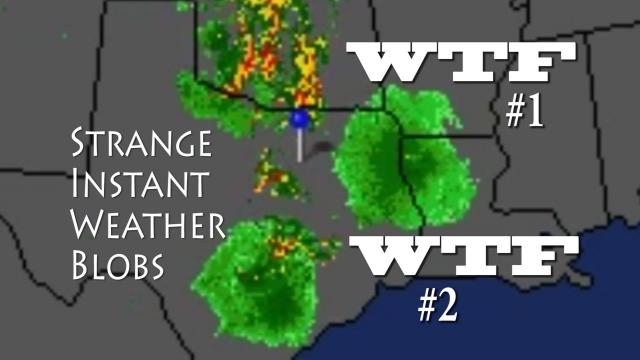
WTF? Weird Weather -Giant clouds Appear & Disappear. WTF?
Added 766 Views / 0 LikesWTF? Weird Weather -Giant clouds Appear & Disappear. WTF?
-
01:04
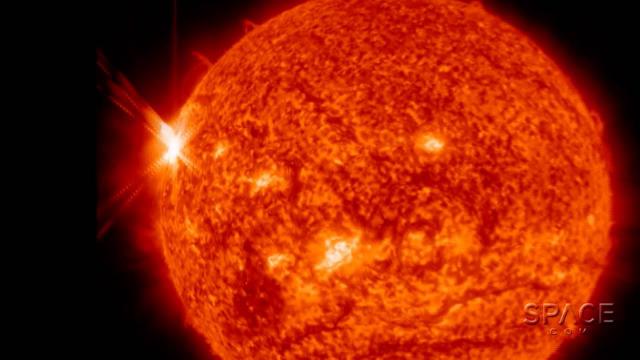
X-Flare! New Sunspot Makes Presence Known | Video
Added 720 Views / 0 LikesX-Flare! New Sunspot Makes Presence Known | Video
-
01:04
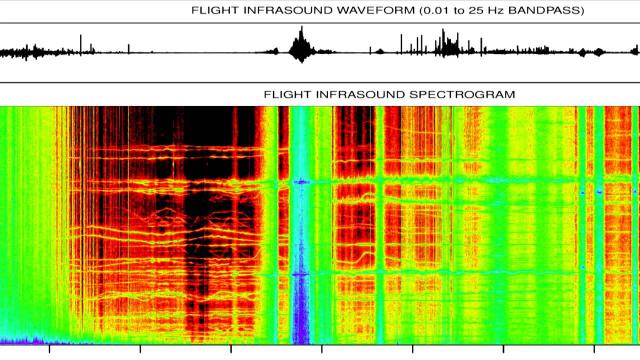
High-Altitude Infrasound Recorded For First Time In 50 Years | Video
Added 722 Views / 0 LikesHigh-Altitude Infrasound Recorded For First Time In 50 Years | Video
-
02:06
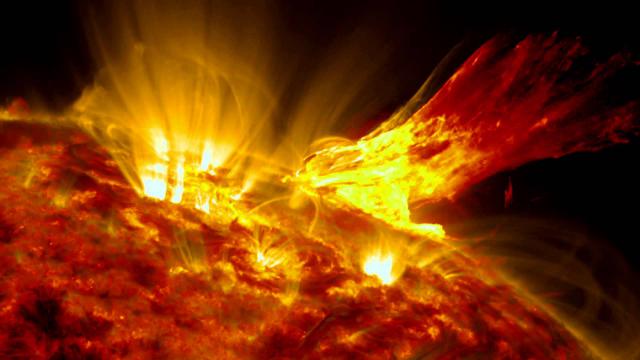
Sun's 'Wing-Like' Eruption Compared To Phoenix | Time-Lapse Video
Added 749 Views / 0 LikesSun's 'Wing-Like' Eruption Compared To Phoenix | Time-Lapse Video
-
04:03

We have a Sinkhole problem. pt.1 - Watergate, Washington et All
Added 724 Views / 0 LikesWe have a Sinkhole problem. pt.1 - Watergate, Washington et All
-
04:49
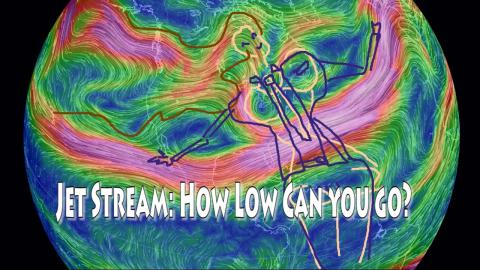
Jet Stream How low can you go? Part 2: Electric Pantsuit Boogaloo
Added 659 Views / 0 LikesJet Stream How low can you go? Part 2: Electric Pantsuit Boogaloo
-
03:49
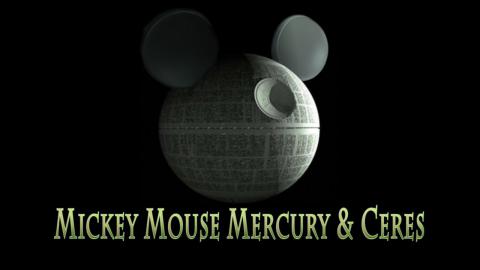
Mickey Mouse Mercury Messenger & Ceres - Celestial Thoughts
Added 661 Views / 0 LikesMickey Mouse Mercury Messenger & Ceres - Celestial Thoughts
-
07:01
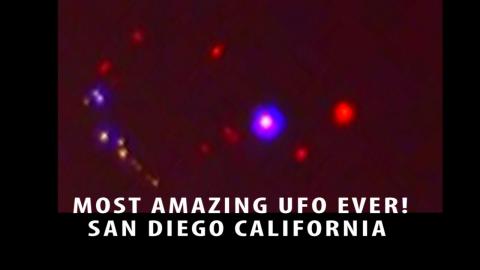
Most Amazing UFO ever!?! San Diego, California! 2015
Added 796 Views / 0 LikesMost Amazing UFO ever!?! San Diego, California! 2015
